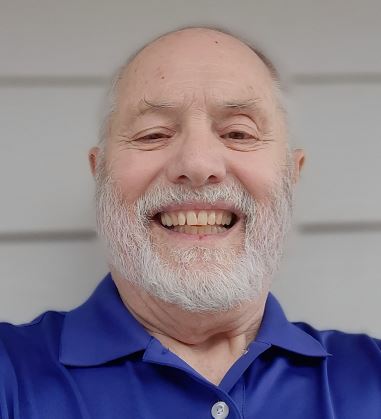Tech Breakfast: Standard Seismic vs Facies Attribute Display for Three Datasets-Apr 5th

Online Only, you must pre-register to receive access instructions.
NOTE: You Must Be Logged In to Register.
Speaker: Donald Vossler
Introduced more than four decades ago, the complex seismic trace attribute analysis separates the amplitude and the phase information contained in the data and produces two basic attributes known as the instantaneous amplitude and instantaneous phase. While both these individual attributes are used to compute more attributes such as weighted average frequency, the latter forms the basis for instantaneous frequency computation. All these complex trace attributes have been used in seismic interpretation since then, and still being used today. Two new attributes are being introduced, namely, the facies attribute called NRG derived as an extension of the instantaneous amplitude, and the second one based on instantaneous phase attribute is used to compute the reflector overlay times plotted on the display. The NRG attribute is intended as a first step in the seismic interpretation process because it delineates subsurface boundaries both laterally and vertically. It also detects DHI effects for bright spot and non-bright or dim spot anomalies as well as indications of gas/oil migration through the subsurface. In one of the real data applications the bright spot color display is calibrated to agree with the producible gas. Besides, there are attribute signatures for both oil and gas when the geology does not support bright spots. The application of the second attribute on real seismic data demonstrates how flat spots and faults are immediately recognizable. The unambiguous determination of geologically meaningful lateral as well as vertical boundaries cannot be overstated for direct facies analysis to be useful.
Speaker Biography: Donald Vossler
Donald Vossler was born in Santa Fe, NM. He received his M.S. degree in geophysics from Oregon State University in 1967 and his Ph.D. degree from The Virginia Polytechnic Institute in 1972. After graduation he worked in the R&D department of Newmont Mining where he worked in mapping software development and application graphics support. In 1978 he joined the R&D department of Cities Service Oil and Gas. After completing initial assignments, he was put in charge of the company’s participation in the Conoco Shear Wave Project as chief analyst and software developer. Complete combined analysis of P and S wave usability was done with a practical application achieved. He then developed an advanced velocity analysis capability for the company. He headed the company’s involvement in the data analysis from the CONOCO shear wave project. A method of visualizing gas in place was developed. Then visualization tools were developed. This lead to attribute involvement. In 1982 he accepted an R&D manager position with Geosource for their color graphics development project which led to an industry first at the 1983 SEG. After the industry collapse (‘84-’86) he was hired by Landmark Graphics to head up their color graphics hardware project and later worked in workstation mapping development. He was hired away from Landmark in 1990 by Finder Graphics for a mapping development project. In 1992, Finder was bought out and he worked as an independent for six months and then worked for Larson Software Technology to develop their software rasterization capability. In 1997, he became an independent software consultant and spent several years consulting, primarily for Seismic Micro Technology where he developed their contour mapping capability and their fault management system for the workstation. In 2002, he returned to full time consulting and retired in 2006. During the past two years, he extended existing attribute technology leading to direct visualization of hydrocarbons in place.
** Access information will be sent to all registrants after registration closes.
Price List:
|
Pre-Registered |
Member
|
Free |
| Non-Member |
$10 |
** Please be aware that ALL registrations must go through 'Checkout', even if your total is zero. Registration is not confirmed until you complete the checkout process.